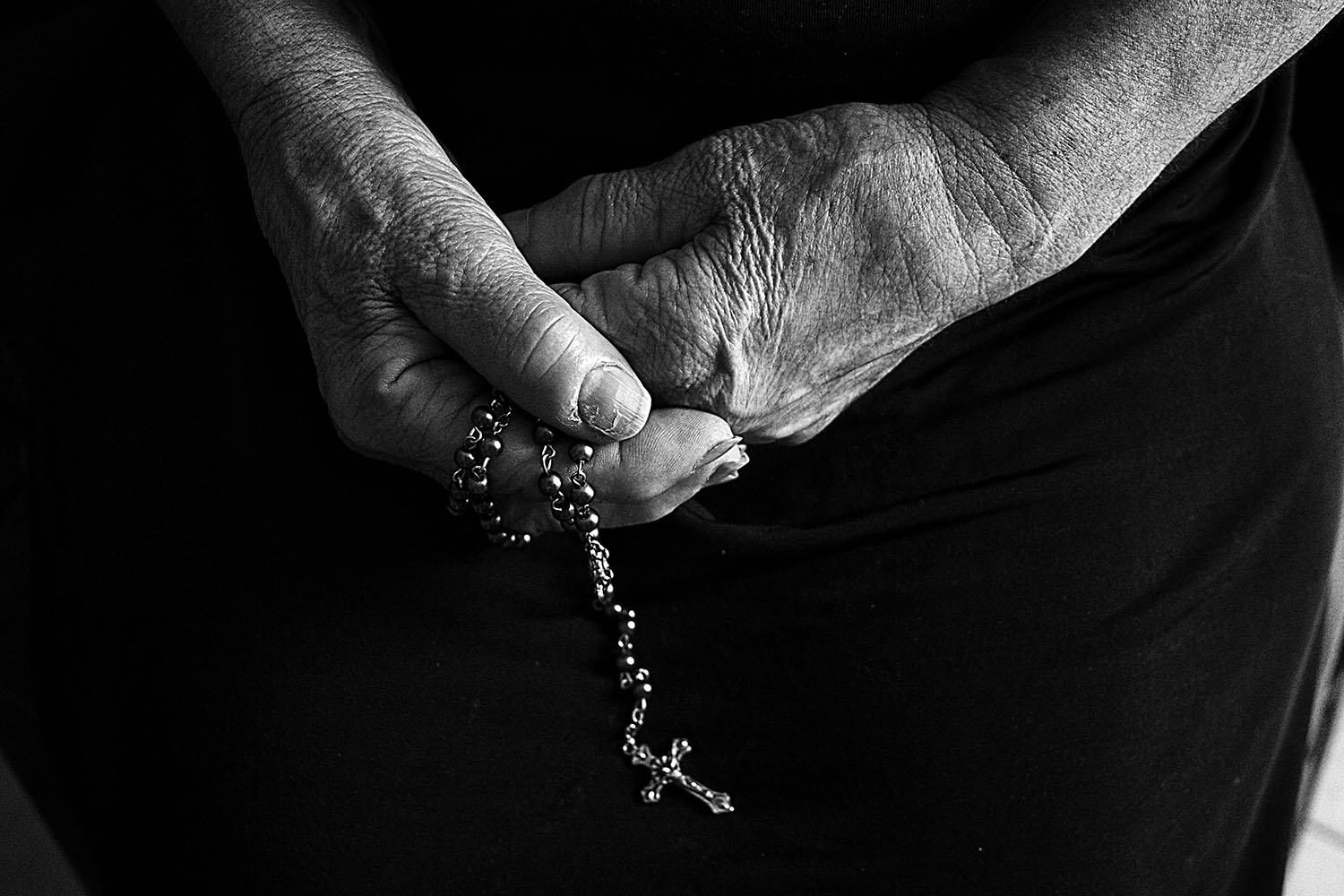Tina is 80 years old, she lives alone and she has Alzheimer’s disease. Her memories are slowly leaving her, wrapped in confusion, often they disappear completely, sometimes she invents new ones, but for her more real than many others. When I started taking pictures of her, I wondered how I could make her interact with the camera without too much invading her everyday life made of small routine gestures.
My doubts and uncertainties vanished when in a short time I realized that those moments with the camera were becoming a sort of therapy for her, an excuse to reactivate certain mechanisms of reconstruction of her memory and identity, all punctuated by tender laughter and moments of melancholy.
At the sight of the camera I surprised her to worry about how was her hair, when for months she no longer cared about her appearance, I saw her looking for objects and photo albums now abandoned and forgotten in drawers for years. I heard her talking and trying to build stories of his past in front of a photo or a personal object.
I saw her laugh and have fun and I saw her sad to see me put my Canon in the bag, sensing every time I was about to leave.
Alzheimer’s disease is the most common cause of dementia, which accounts for 50 to 60 percent of cases. The degenerative process progressively affects the cells and the brain connections, causing a progressive decline of cognitive functions and the deterioration of the personality and the life of the relationship.
In Italy there are about 600 thousand Alzheimer’s patients, equal to 4% of the population over 65. The forecasts for the next years indicate an increase in cases that will make Italy one of the countries most affected by the disease.
Very often the condition of the patient is aggravated by loneliness, in a country where there are no specialized structures for patients and there is a limited diffusion of home care.

About the author:
Gianluca Ceccarini was born in 1975. He lives and works in Italy. He graduated in Anthropology in Rome and in his field research has always used the camera, convinced that images can often tell the complexity of reality better than words. His shots have been published on anthropological articles and essays, on photo magazines and used for museum installations.
























